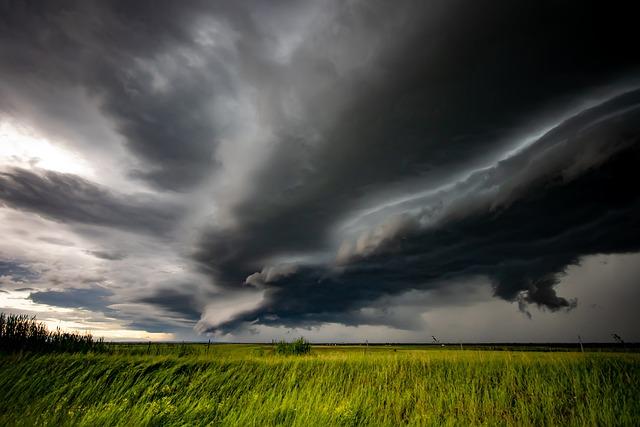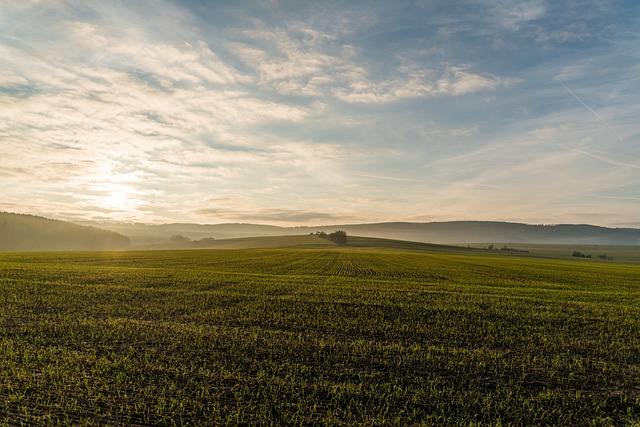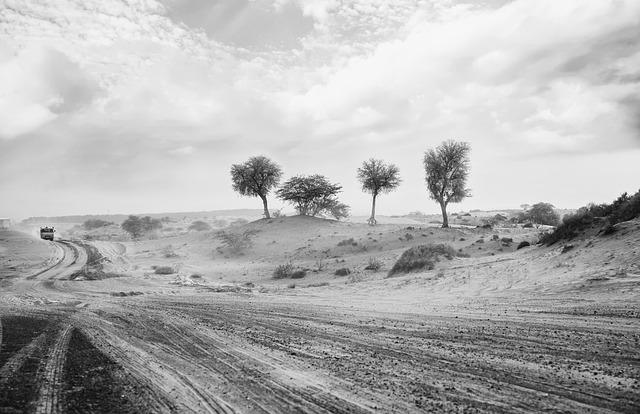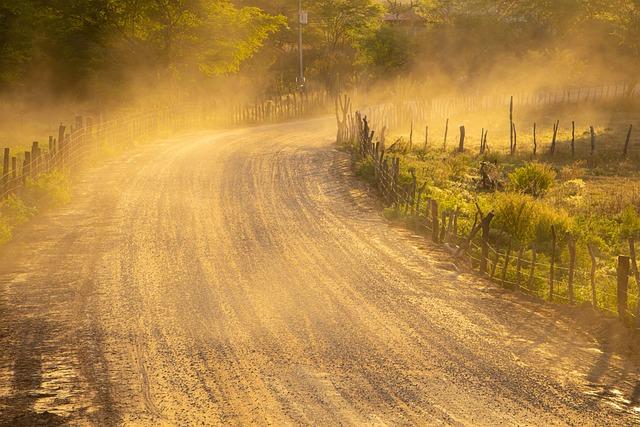- Introduction
- Dust Storms: A Devastating Phenomenon
- Impact on Farmland and Agriculture
- Human Suffering: Stories from the Dust Bowl
- Environmental Consequences of the Dust Bowl
- Conclusion
- FAQs
Introduction
The Dust Bowl, a period of severe dust storms causing ecological and agricultural damage in the Southern Plains region of the United States during the 1930s, remains a poignant chapter in American history. This article delves into the haunting silence that enveloped the Dust Bowl region.
Dust Storms: A Devastating Phenomenon
The iconic images of walls of dust sweeping across the land, engulfing everything in their path, captured the sheer power and devastation of the Dust Bowl dust storms. These immense clouds of dust darkened the skies, bringing darkness at noon and leaving a blanket of fine particles over homes, crops, and livestock.

(Image: Pixabay/@Brigipix)
The relentless nature of the dust storms created an environment where breathing became a struggle and visibility was reduced to a few feet, leading to accidents and health issues among the residents. The eerie silence that followed these storms emphasized the desolation and despair experienced by those living in the Dust Bowl.
Impact on Farmland and Agriculture
The fertility of the once fertile plains was decimated as the topsoil was blown away by the relentless winds. The deprivation of this vital layer of soil meant that crops could not grow, leaving farmers destitute and unable to sustain their livelihoods. The silence that settled on the barren fields was a stark reminder of the loss and devastation wrought by the Dust Bowl.

(Image: Pixabay/@torstensimon)
The loss of productive farmland had long-lasting consequences for the region's economy and ecology, contributing to mass migration and exacerbating the already dire situation faced by those struggling to survive in the aftermath of the Dust Bowl.
Human Suffering: Stories from the Dust Bowl
Amidst the howling winds and suffocating dust, the human toll of the Dust Bowl was profound. Families huddled together in makeshift shelters, enduring hunger, poverty, and uncertainty. Children played in dust drifts while their parents grappled with the harsh reality of failed crops and uncertain futures.

(Image: Pixabay/@Sangeeth_n)
The silence that pervaded these makeshift communities reflected the resilience and quiet determination of the people who clung to hope amidst the ruins of their lives, forging bonds of solidarity and endurance in the face of unimaginable hardship.
Environmental Consequences of the Dust Bowl
The Dust Bowl not only devastated human lives but also had lasting environmental impacts. The loss of vegetation and topsoil led to soil erosion, decreased biodiversity, and altered the ecosystem of the region. The legacy of the Dust Bowl continues to shape conservation efforts and land management practices to prevent similar ecological catastrophes.

(Image: Pixabay/@Pexels)
The haunting silence of the Dust Bowl serves as a poignant reminder of the fragility of our natural world and the interconnectedness of human actions with the environment, urging us to learn from the mistakes of the past and strive for sustainable coexistence with the land we depend on.
Conclusion
The dust may have settled on the plains of the Dust Bowl, but its silence echoes through the annals of history, reminding us of the catastrophic consequences of environmental degradation and the resilience of the human spirit in the face of adversity. Let us heed the lessons of the Dust Bowl and work towards a future where such devastation is not repeated.
FAQs
What caused the Dust Bowl?
The Dust Bowl was primarily caused by a combination of unsustainable farming practices, prolonged drought, and severe wind erosion that stripped the topsoil from the land.
How did the Dust Bowl impact the environment?
The Dust Bowl had lasting environmental consequences, including soil erosion, loss of biodiversity, and changes to the regional ecosystem that continue to be felt today.

